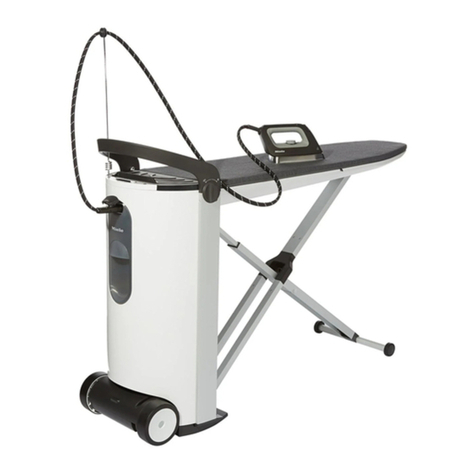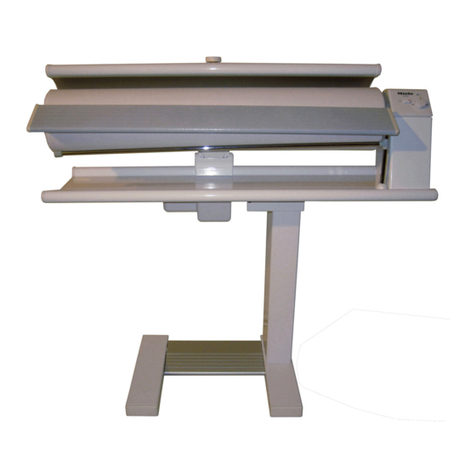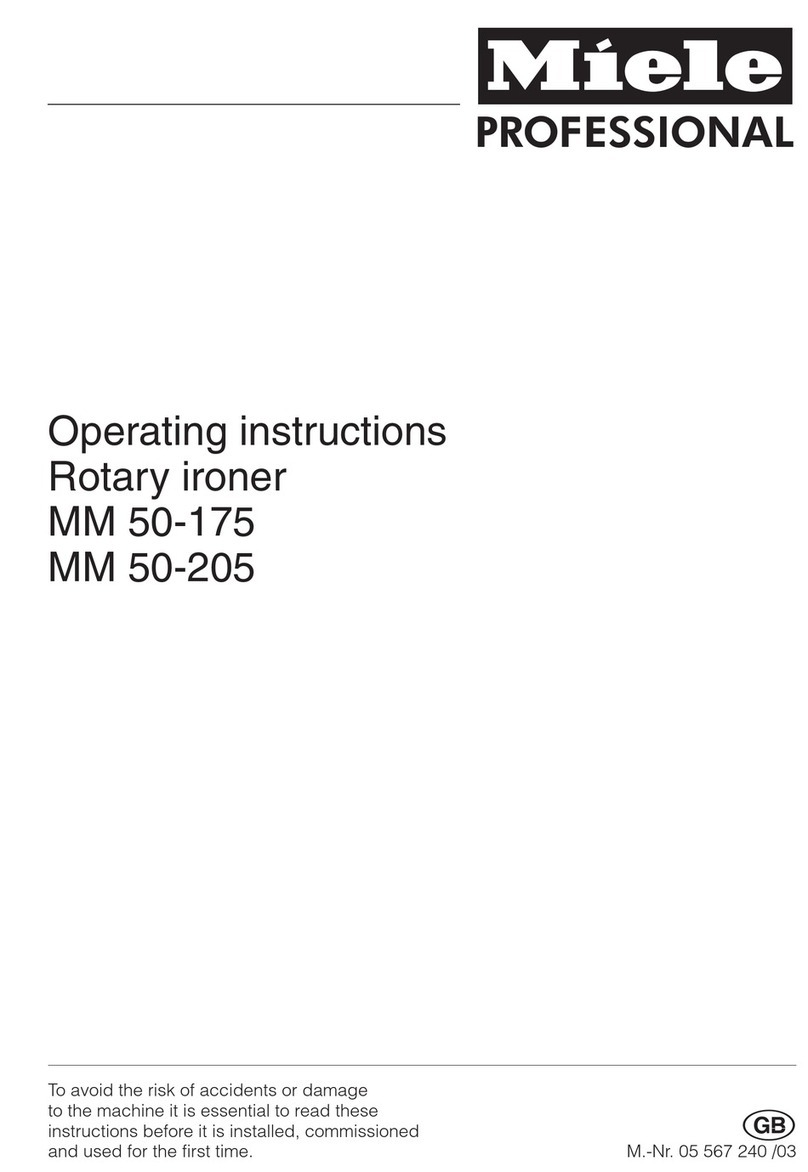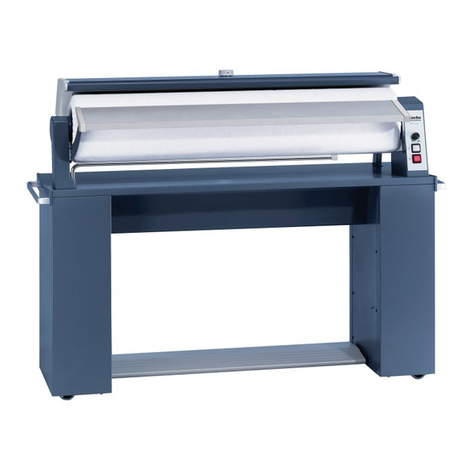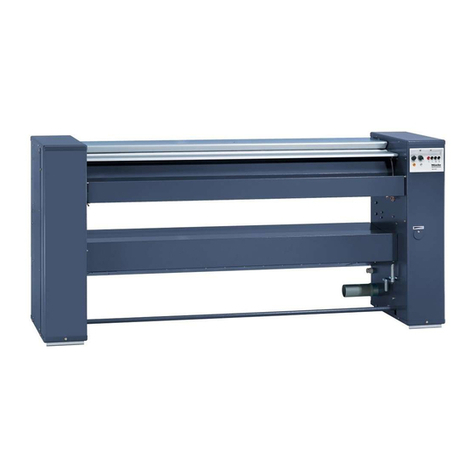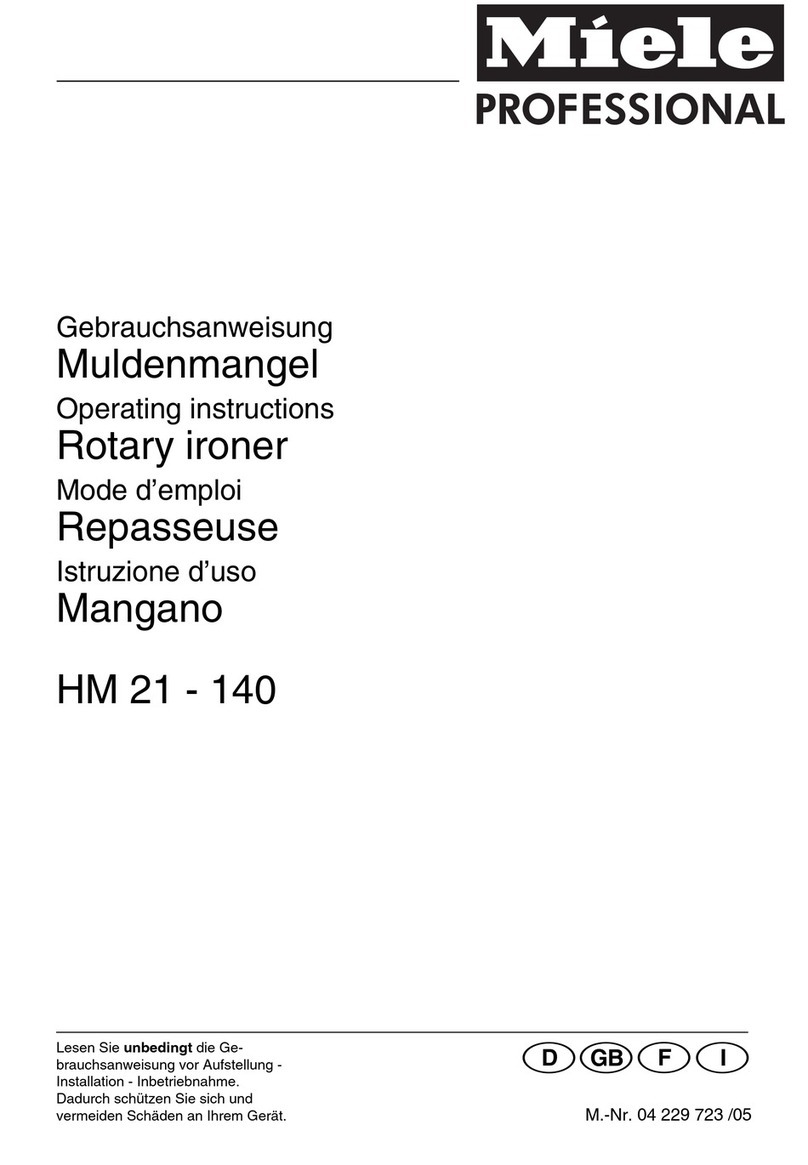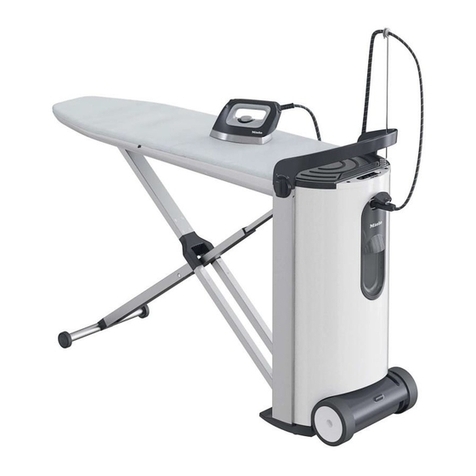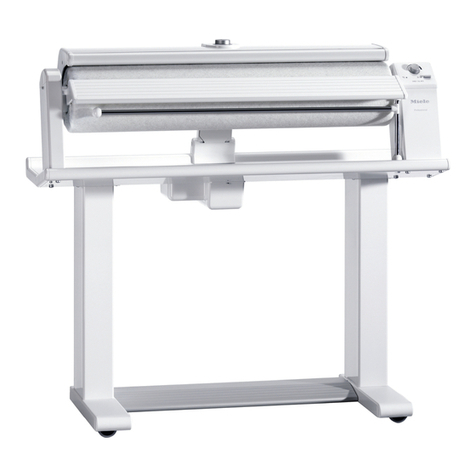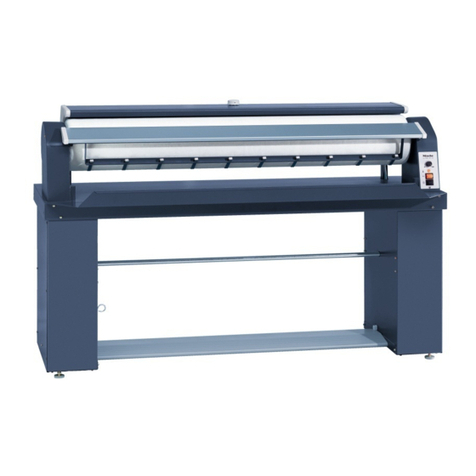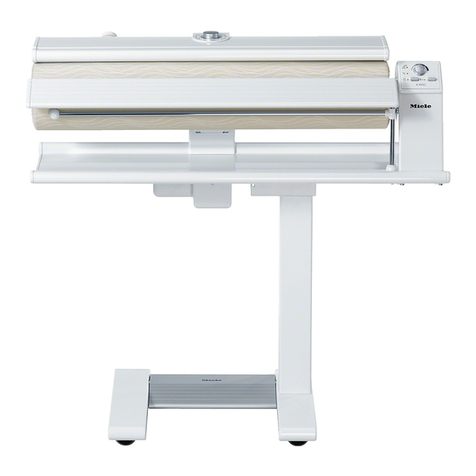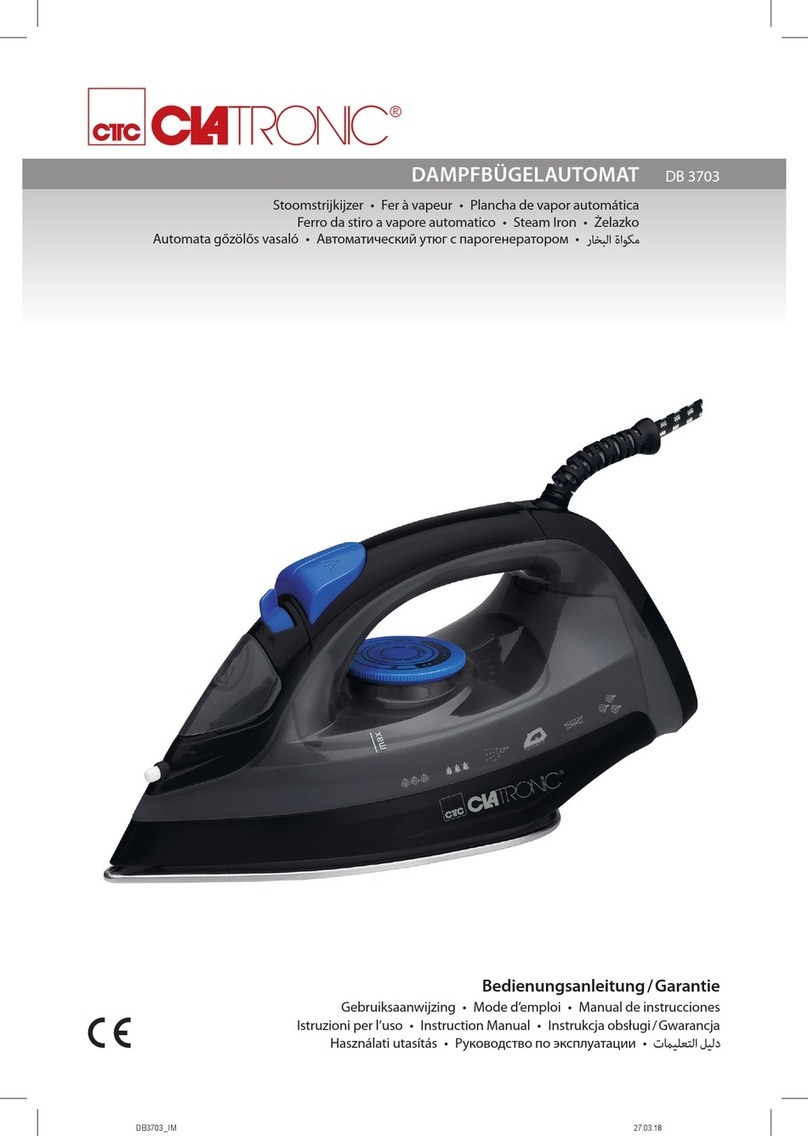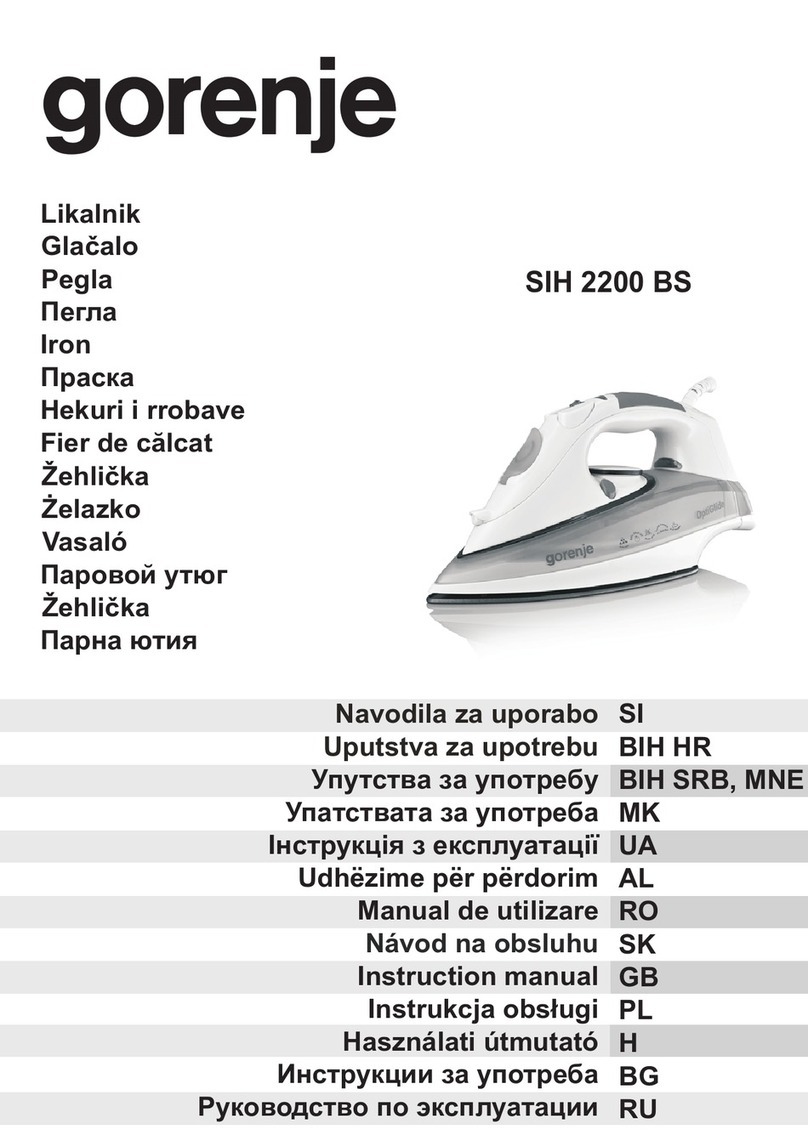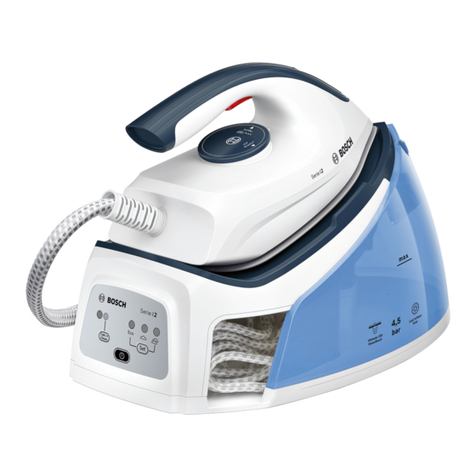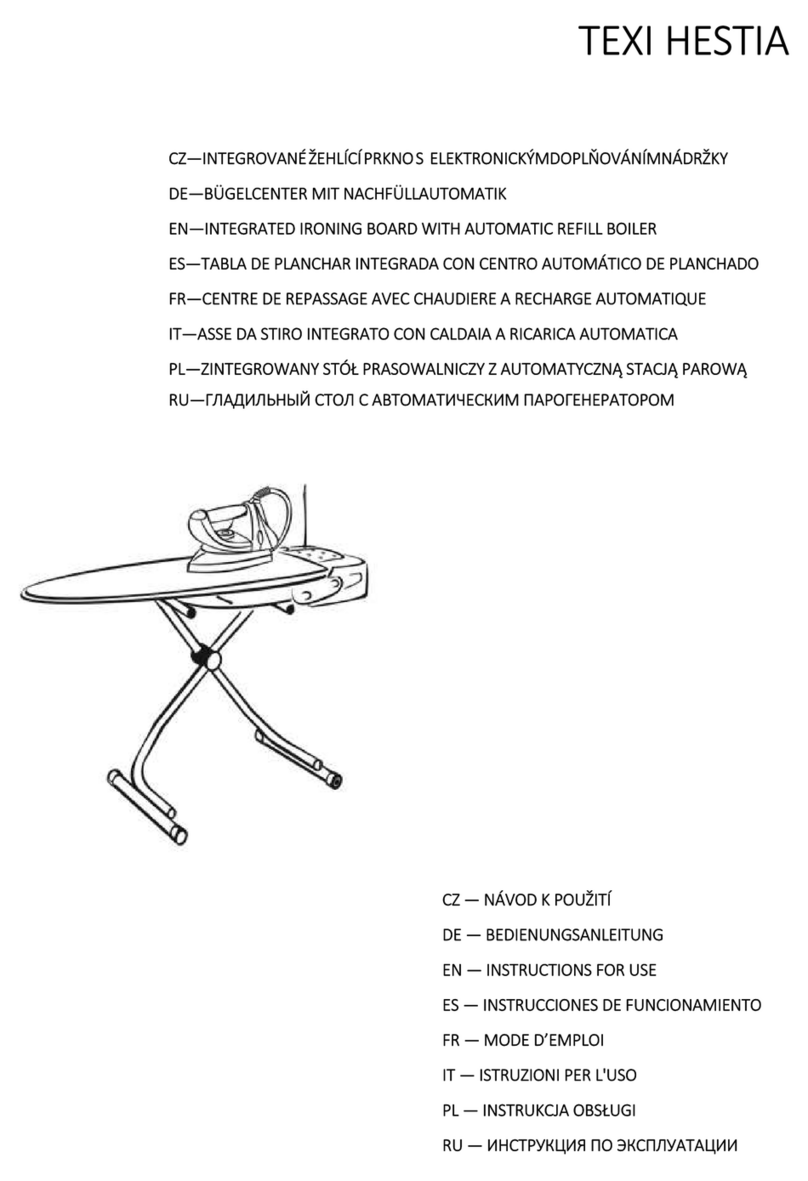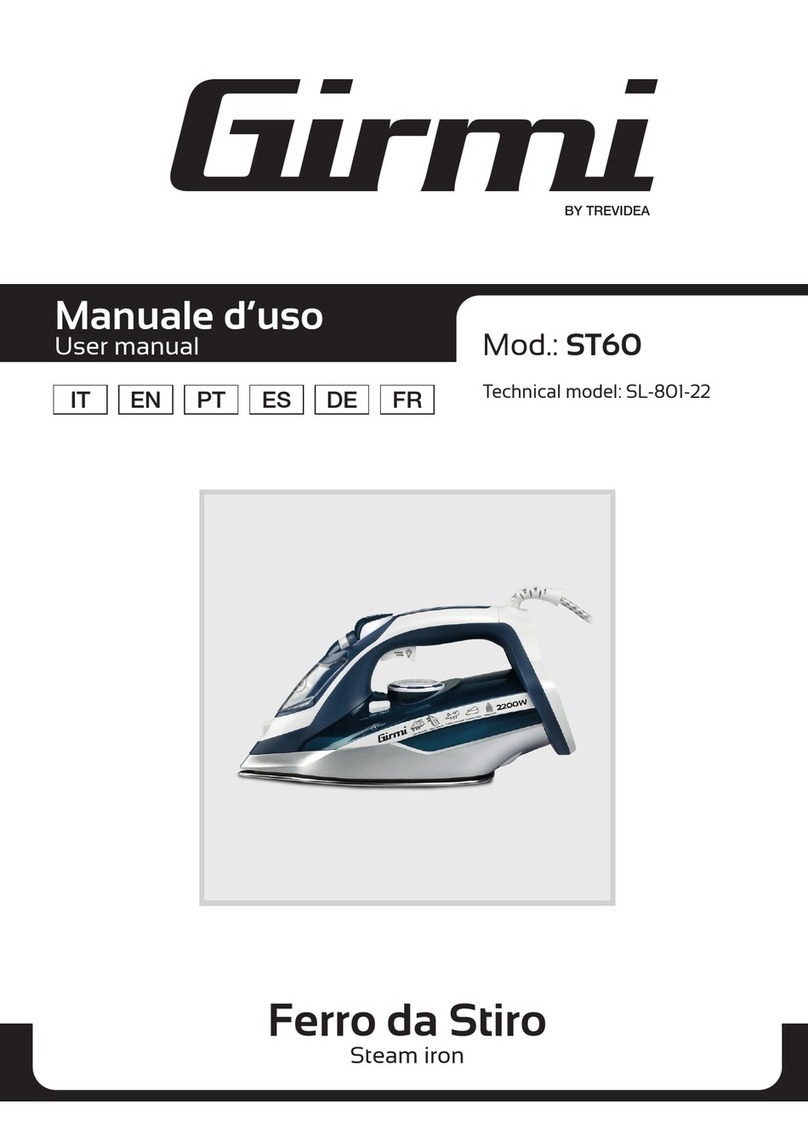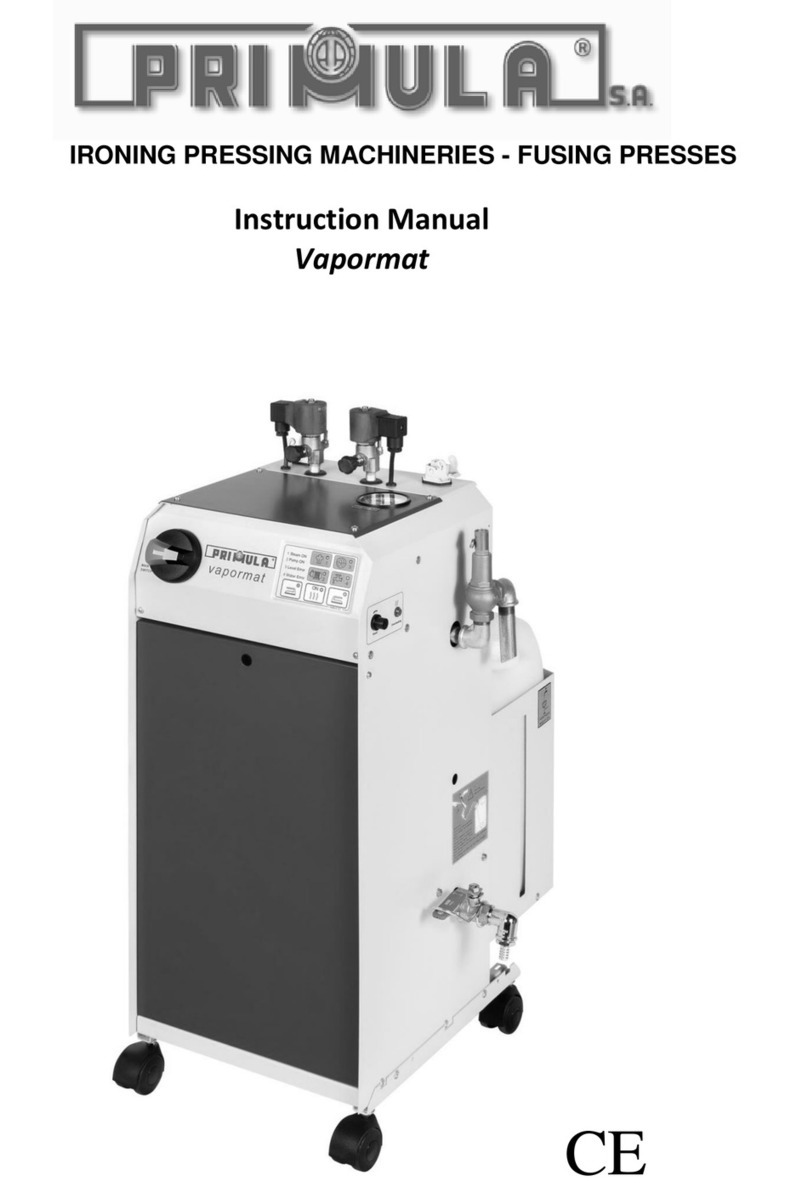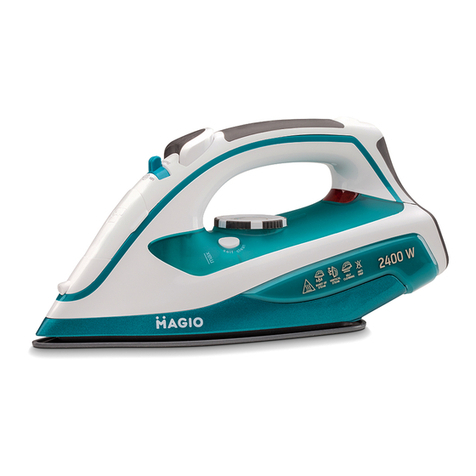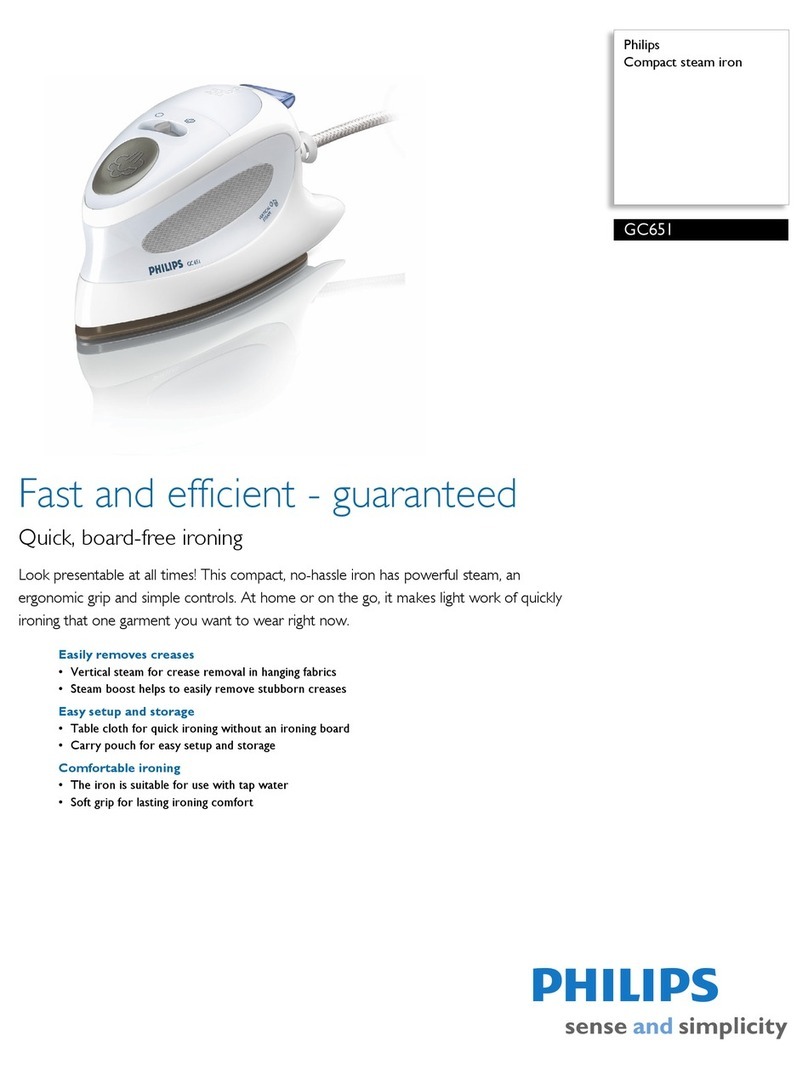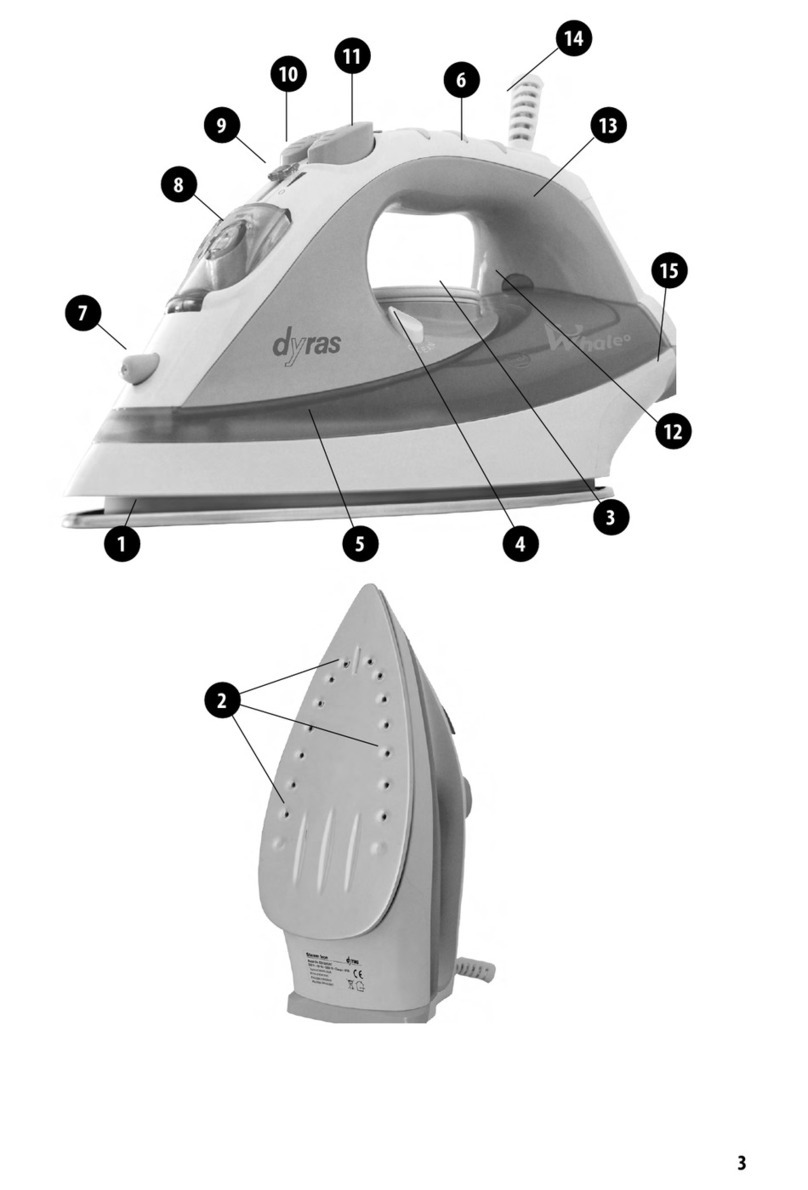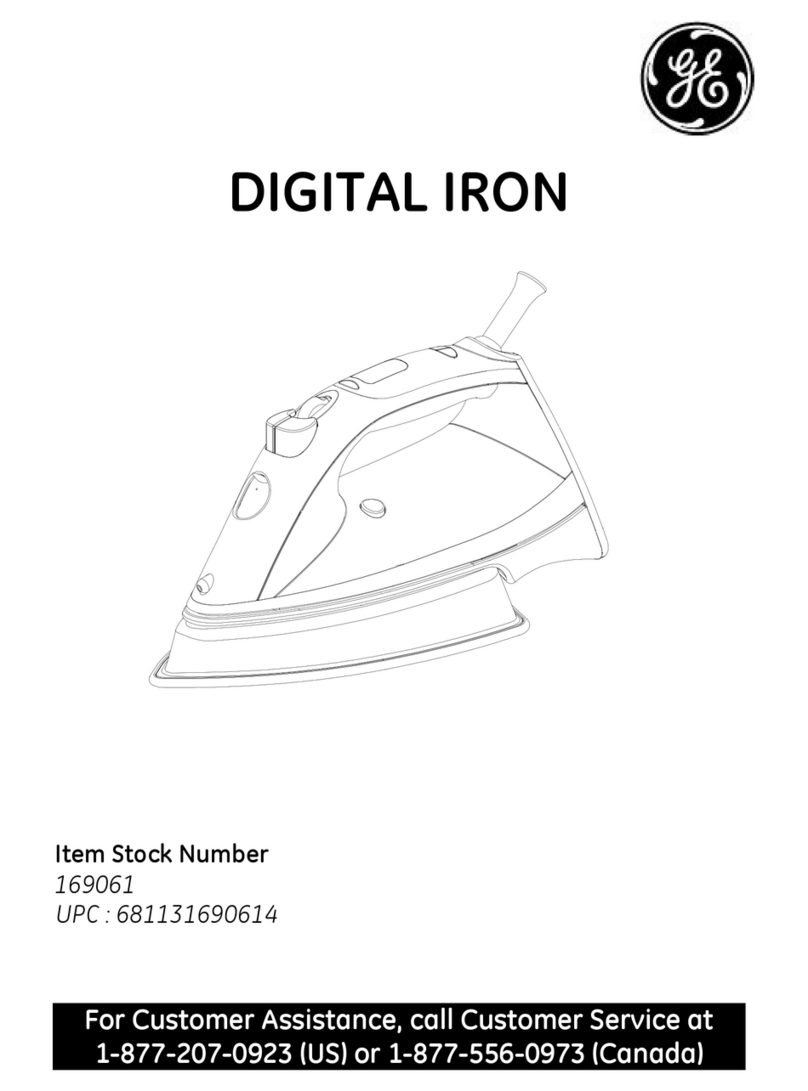
Contents
2
Caring for the environment ............................................................................................ 4
Warning and Safety instructions.................................................................................... 5
Correct application............................................................................................................ 5
Technical and electrical safety ......................................................................................... 5
Use of the appliance ......................................................................................................... 6
Using accessories ............................................................................................................ 7
Notes on the use of this flatwork ironer ........................................................................... 7
Guide to the appliance.................................................................................................... 8
Touch display .................................................................................................................... 9
Display symbols ................................................................................................................ 11
Finger guard ...................................................................................................................... 12
Swing out bar .................................................................................................................... 13
Flexible laundry feed for outfeed laundry removal ............................................................ 13
Using for the first time .................................................................................................... 14
Cleaning and waxing the heater plate before first use...................................................... 14
Operation.......................................................................................................................... 15
Preparing the laundry ........................................................................................................ 15
Residual moisture.......................................................................................................... 15
Sorting the laundry ........................................................................................................ 15
Preparing for use ............................................................................................................... 15
Ironing................................................................................................................................ 16
Ironing temperature ....................................................................................................... 16
Setting the temperature................................................................................................. 16
Changing the value for a temperature selection sensor................................................ 17
Selecting the ironer speed ............................................................................................ 17
Setting the ironer speed ................................................................................................ 18
Changing the preset roller speed for a roller speed selection button ........................... 18
Feeding in laundry ......................................................................................................... 18
Removal of ironed laundry ............................................................................................ 19
Pausing ironing.............................................................................................................. 19
Standby mode............................................................................................................... 19
FlexControl foot switch ................................................................................................. 19
Stopping ironing ................................................................................................................ 20
Ironing with a coin-operated payment system.................................................................. 20
Installation and planning notes...................................................................................... 22
Installation requirements ................................................................................................... 22
Storage .............................................................................................................................. 22
Operating conditions ......................................................................................................... 22
Installation ......................................................................................................................... 23
Levelling the machine........................................................................................................ 24
Floor anchoring ................................................................................................................. 24
Electrical connection ......................................................................................................... 25
Exhaust ducting ................................................................................................................ 26
Substitute pipe lengths ................................................................................................. 26
Maximum permissible total pipe length ........................................................................ 28


